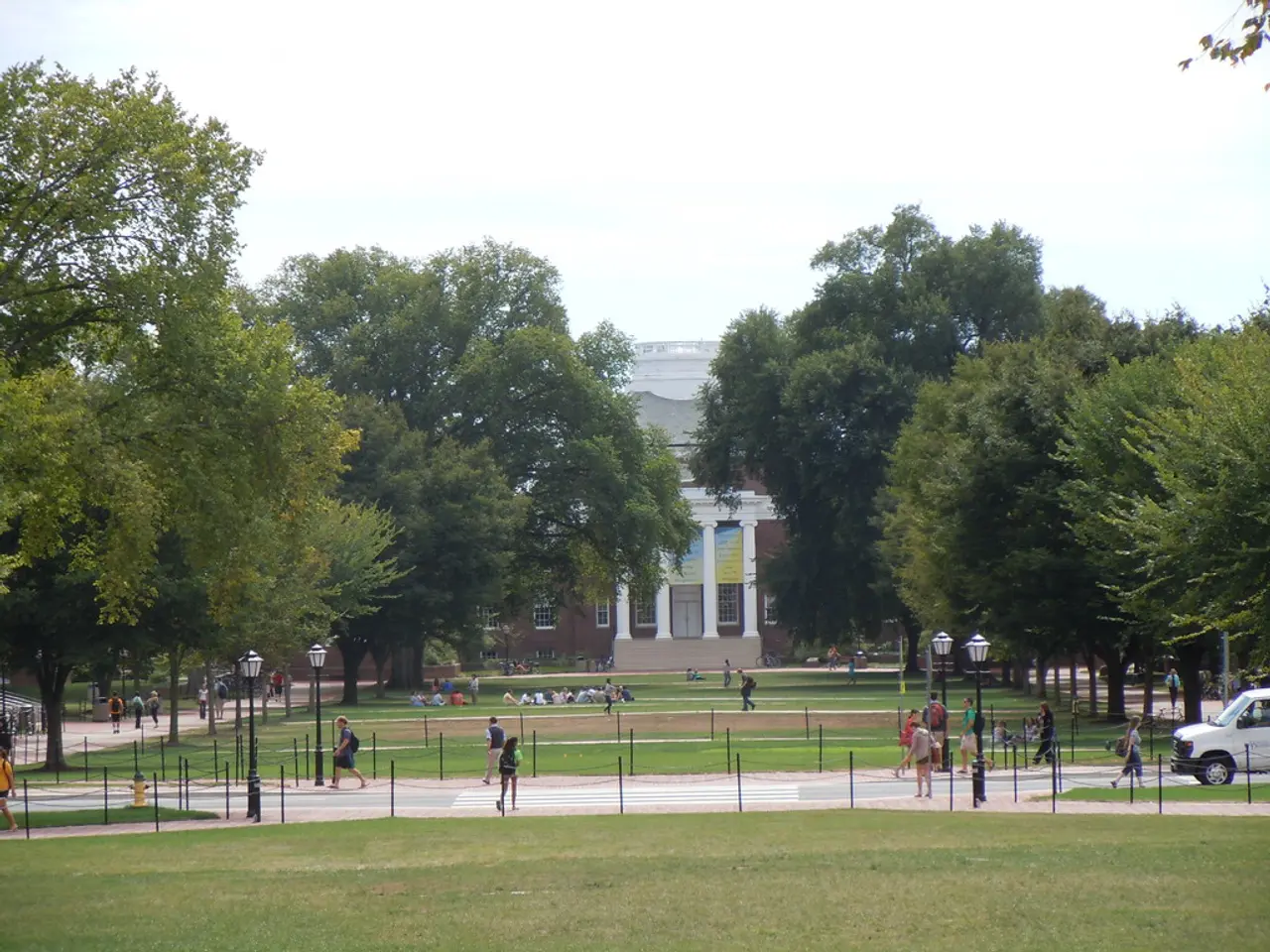Examining educational application of Kōwhai Mātauranga within the classroom setting
In a unique and innovative approach to science education, a week-long unit at Silverdale Normal School aimed to help students envision their future scientific selves. Led by kaiako Chloe Stantiall, the unit titled "Envisioning student possible selves in science" focused on using the psychological concept of possible selves to deepen motivation and participation in science education.
The unit, which was part of the Teaching and Learning Research Initiative, addressed "plant blindness"—the tendency to overlook or undervalue plants and their ecological importance. To counter this, the school employed place-based education. This educational method connects learning to local environments and communities, making science tangible and relevant. By focusing on local plant life and ecosystems, the initiative aimed to increase students’ awareness and appreciation of plants.
The focal point of the unit was the kōwhai, a native New Zealand tree that blooms in late winter to early spring. Students visited the Mangaonua Gully system to gather first-hand knowledge of native plants. They collected kōwhai seeds and seed pods as part of an investigation into the past, present, and future uses of kōwhai.
The teaching sequence provided many opportunities to draw on mātauranga Māori (Māori knowledge) and recognize Māori as the source of knowledge. Activities included exploring kōwhai trees, collecting seeds, planting seeds, observing and sketching flowers, researching online, creating infographics and poetry, exploring iNaturalist NZ, graphing observations, and exploring the local environment.
The students' work was impressive, with many poems produced being above their standard writing level. Completing both a poem and infographic was a lot for some students, and next time they might choose the format they feel most drawn to. The poems and illustrations made by students demonstrate careful observations of kōwhai trees and flowers.
Students demonstrated their learning effectively through their infographics and poems as they sought to teach others about kōwhai. Tamariki at Silverdale Normal School collected kōwhai seeds and seed pods as part of an investigation into the past, present, and future uses of kōwhai.
Chloe Stantiall was assisted by researchers Maurice Cheng and Bronwen Cowie from The University of Waikato during the project. As a senior school syndicate, they follow a project-based learning method, integrating learning across the curriculum areas. The class was an even mix of year 5 and 6 students, and the school community is diverse in terms of ethnicity, academics, physical abilities, and socio-economic status.
This approach integrates motivational theory with practical educational methods to foster deeper connections between students and plant science, making science learning more meaningful and inclusive. By focusing on local plant life and ecosystems, the initiative aims to increase students’ awareness and appreciation of plants, thereby overcoming plant blindness through hands-on, contextually rich learning experiences that link student identities to science and the living world around them.
[1] Envisioning student possible selves in science: A case study of a place-based science education unit focusing on the native New Zealand plant, kōwhai. (2021). International Journal of Science Education, 43(6), 1025-1044.
[3] Stantiall, C., Cheng, M., & Cowie, B. (2021). Envisioning student possible selves in science: A case study of a place-based science education unit focusing on the native New Zealand plant, kōwhai. Paper presented at the annual conference of the New Zealand Association for Research in Education, Auckland, New Zealand.
- This unique approach to science education, titled "Envisioning student possible selves in science," not only deepens motivation and participation in science but also fosters personal growth and learning by focusing on students' potential future selves within the scientific domain.
- As a part of the project-based learning method at Silverdale Normal School, the "Envisioning student possible selves in science" unit aimed to combine education-and-self-development with learning about local plant life, eventually leading to increased awareness and appreciation for both science and personal growth among the students.




